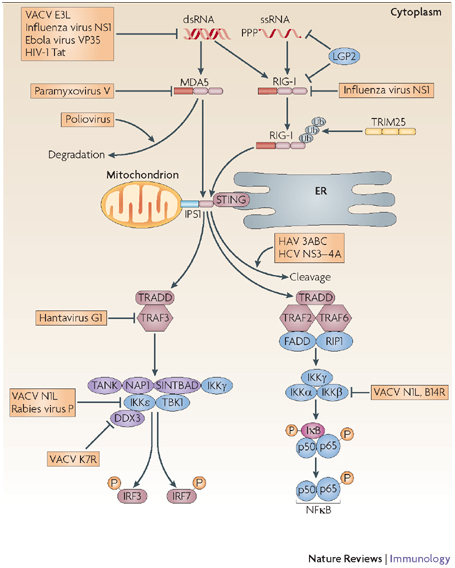Figure 3. Viral evasion of retinoic-acid-inducible-gene-I-like receptor signalling.

RIG-I (retinoic-acid-inducible gene I) and MDA5 (melanoma differentiation-associated gene 5), termed RIG-I-like receptors (RLRs), are activated by cytoplasmic RNA during viral infection. Both signal using IFNB-promoter stimulator 1 (IPS1), which is tethered to the mitochondrial membrane. When IPS1 is engaged by RLRs, it recruits downstream signalling complexes that lead to the activation of the IFN-regulatory factors (IRFs) and nuclear factor-κB (NFκB). In addition, signalling through RIG-I requires the adaptor STING (stimulator of IFN genes), which resides in the endoplasmic reticulum (ER). RLR signalling is inhibited by viral proteins that either bind RIG-I, MDA5 or IPS1 directly or cause their degradation. The IκB kinase (IKK) family members are also a common target for viral proteins. DDX3, DEAD-box protein 3; dsRNA, double-stranded RNA; FADD, FAS-associated via death domain; HAV, hepatitis A virus; HCV, hepatitis C virus; IFN, interferon; IκB, inhibitor of NFκB; LGP2, laboratory of genetics and physiology 2; NAP1, NFκB-activating kinase-associated protein 1; NS1, nonstructural protein 1; PPP, 5′ triphosphate; RIP1, receptor-interacting protein 1; SINTBAD, similar to NAP1 TBK1 adaptor; ssRNA, single-stranded RNA; TANK, TRAF-family-member-associated NFκB activator; TBK1, TANK-binding kinase 1; TNFR, tumour-necrosis factor receptor; TRADD, TNFR-associated via death domain; TRAF, TNFR-associated factor; TRIM25, tripartite motif-containing 25; ub, ubiquitin; VACV, vaccinia virus.
